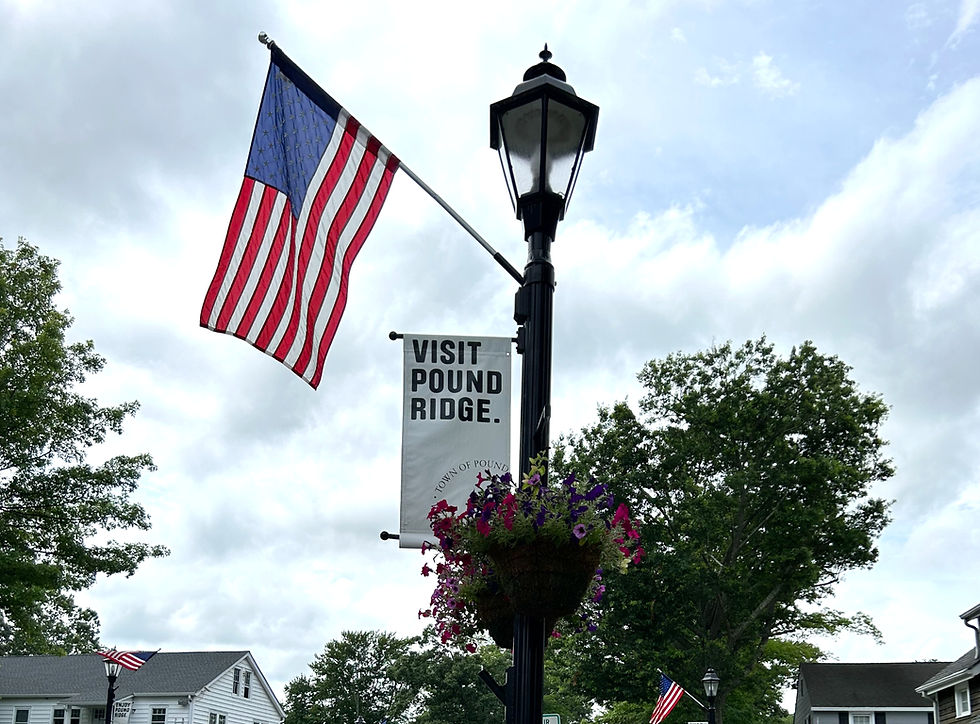Shovel brigade
- Marc Wollin
- Jan 3
- 4 min read
By MARC WOLLIN
If you live down South you might want to skip this one. If your abode is a condo or apartment, the next few paragraphs might ring hollow. Likewise if you have a homeowners association, have decamped to an Airbnb for the season, or just have been excused because you have a bad back. But if you are a resident as we are of the Northeast, the Northwest, or indeed any locale north of the Mason-Dixon line and a hypothetical western extension, then this is right in your sweet spot. Because after an unusually mild fall it’s time to dig out the shovels because the snow has started to fall.
It’s a seasonal red line as notable as moving your flannel shirts or winter coats to the front of your closet. For the past eight or nine months the detritus in your garage has revolved around brooms and potting soil and chair cushions. And while they might have been less in use since September, they were closer to the front than the back. But now? While the timing differs depending on whether you live in Chicago or Rochester or here in New York’s Hudson Valley, you looked out one morning and what was green around the house and black in front of the garage was now all white.
While it is said that the native tribes in colder climates have multiple words for the white stuff (not to mention the 2011 Kate Bush album. “50 Words for Snow”), our vocabulary is more limited simply because our exposure is more limited. Also, whether it’s because I’m taller than I was at 5 years old, because of climate change, or perhaps a bit of both, the snowfall totals, depth and frequency don’t seem to run up the numbers, at least compared to my memory of past seasons. The net result is that, leaving out the profanities attached as modifiers tacked on to the front, our monikers for the varieties of frozen accumulation fall into a far fewer categories.
Most significant among those is “heavy.” That version can be wet or relatively dry, but it’s the kind that piles up enough to delay school openings or even prompt closings. If you have a snowblower, it’s the time to break it out, or absent that, hunker down until the plow guy makes his rounds. Shoveling is possible, but it’s hard, back-breaking work that will take you several hours. It’s the stuff of snowmen and sledding, mittens and heavy boots, or hot chocolate and roaring fires.
At the opposite end is a “coating.” More airbrushed than piled on, this is a step above frost. Everything looks white, but as they say about some people (and not in a nice way) it’s a mile wide and an inch deep. Sure, some things might be a little slippery, but as the temperature warms up in the daytime it’s more wet than not.
And then there’s what we had just before the Christmas break, what makes it white in song and story. A “light drop,” let’s call it an inch, two at the most. It is most assuredly snow, cold and slippery, but also light and beautiful. If the sun pops out it will likely melt on paved surfaces, but holds its form on grassy areas. Leave it be and you’ll be walking on it for a few days. Or you can do as we do and push it off.
Note I say “push” as opposed to “shovel.” While the implement you use is indeed a flat or curved blade attached to a long-handled stick, in this case it’s a noun and not a verb. There is nothing to lift and throw, just shove. In fact, the snow is so light that unless I’m in a rush because of an appointment, the process of cleaning it off is less a chore and more a meditative stroll. That’s because it’s usually early morning, it’s cool and quiet, and the options are multiple. Do I work in straight lines or do I zig-zag? Do I aim for efficiency or patterns? How straight a row can I make, and can I angle the blade just so in order to pile it to one side and leave no residue on the other? If, like me, you’re the kind of person who enjoys a defined project with a beginning, middle and end, one whose completion is simply defined and which takes a relatively short, finite amount of time, there are worse ways to spend an hour or so.
Perhaps a bit overstated, but you Florida people don’t know what bliss you are missing. Go back to your shorts and your umbrellas, and post your “Wow, it dipped below 70 so I had to put on a sweater” snarky updates. I’m sure we will get walloped with a big dump soon enough and I will grit my teeth like all the rest. But at least for this iteration, it’s white, it’s clean, it’s crisp, and I like it.
Marc Wollin of Bedford likes all four seasons, usually. His column appears weekly via email and online on Blogspot and Substack as well as Facebook, LinkedIn and X.






![CA-Recorder-Mobile-CR-2025[54].jpg](https://static.wixstatic.com/media/09587f_b989949ec9bc46d8b6ea89ecc2418a8a~mv2.jpg/v1/fill/w_370,h_150,al_c,q_80,enc_avif,quality_auto/CA-Recorder-Mobile-CR-2025%5B54%5D.jpg)





